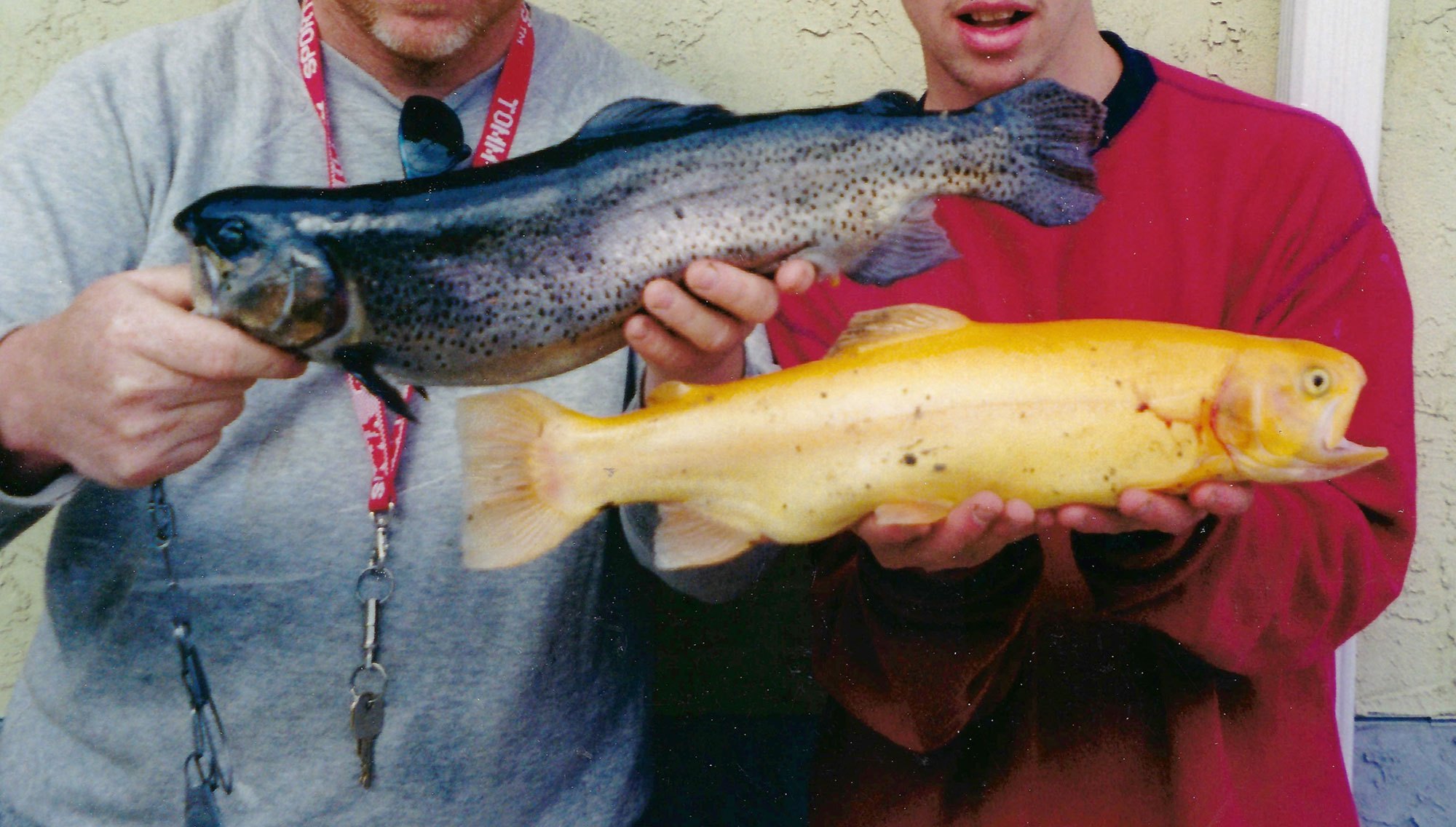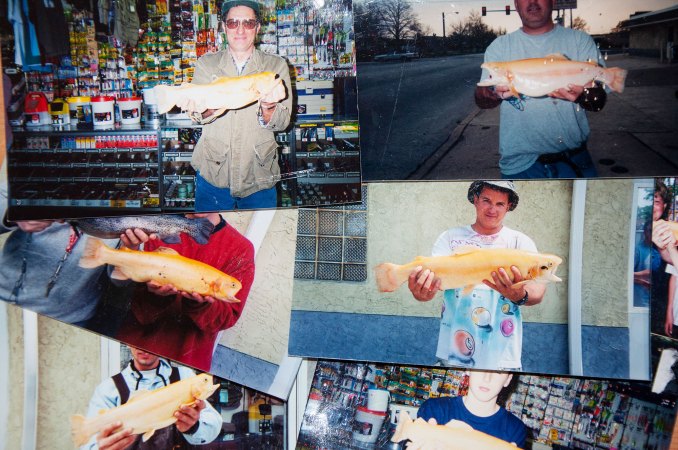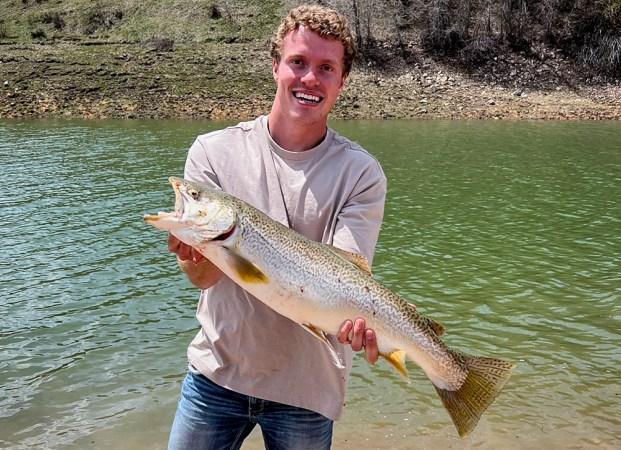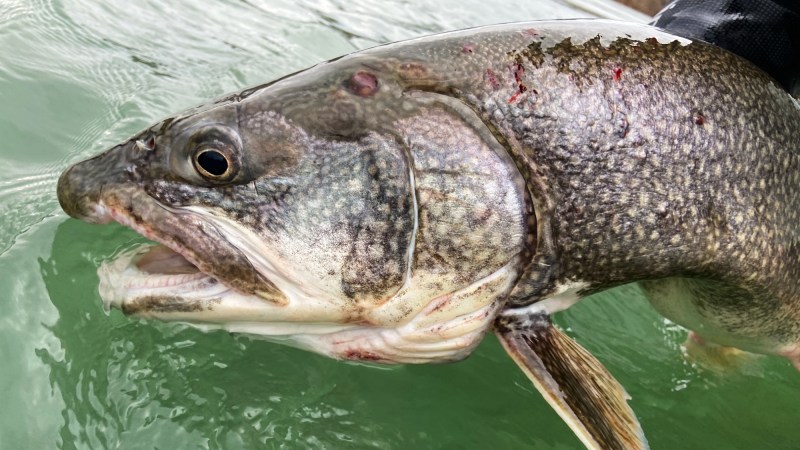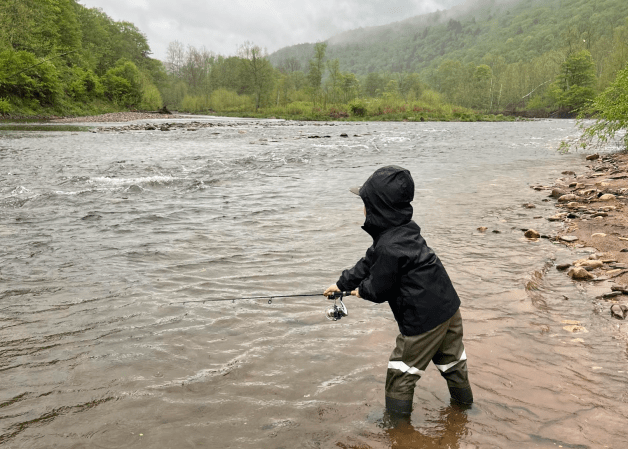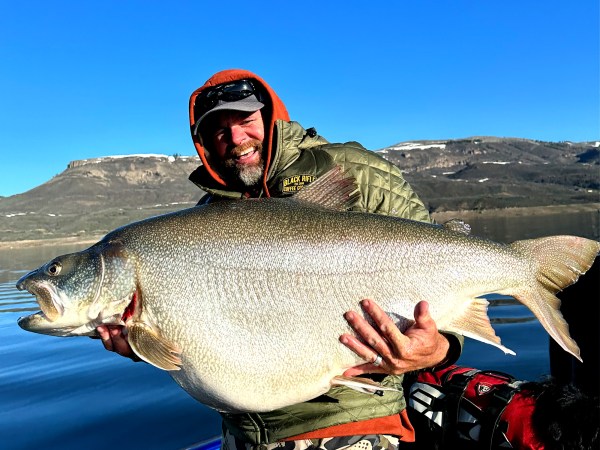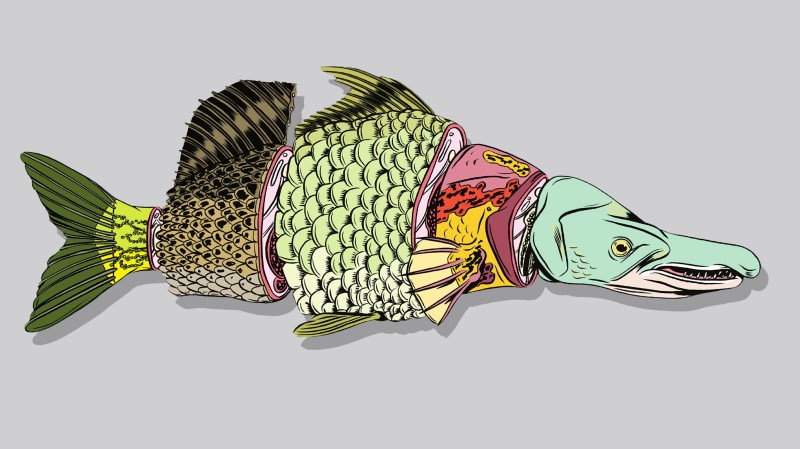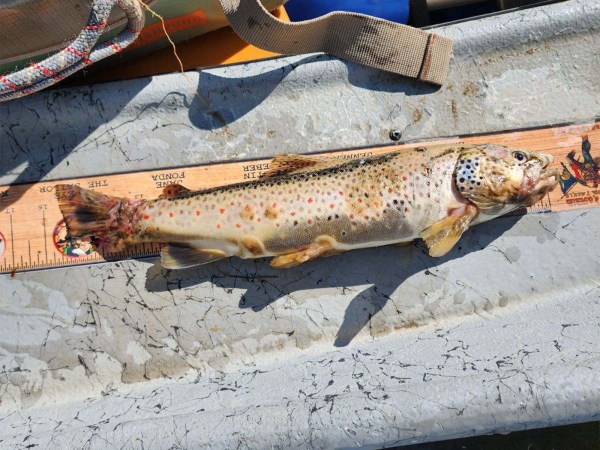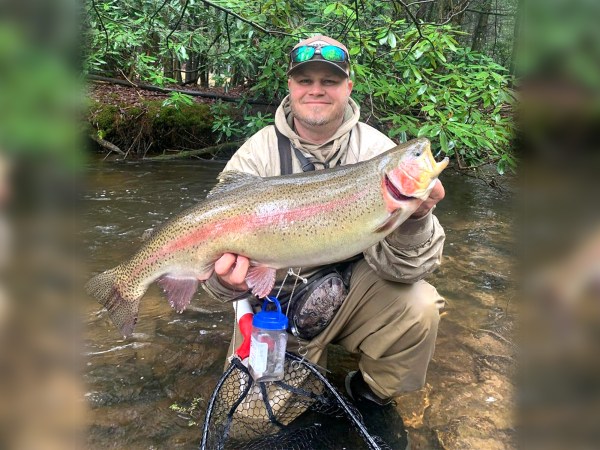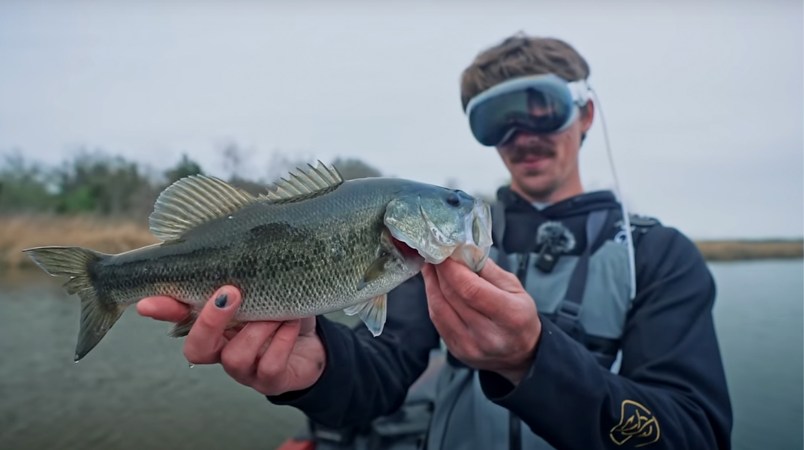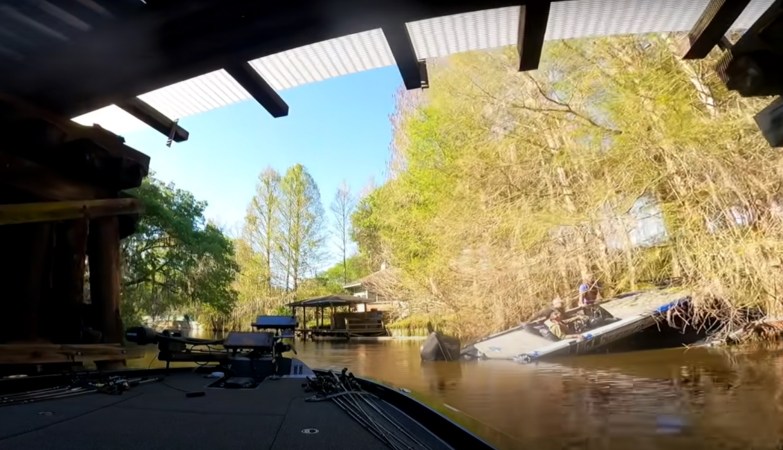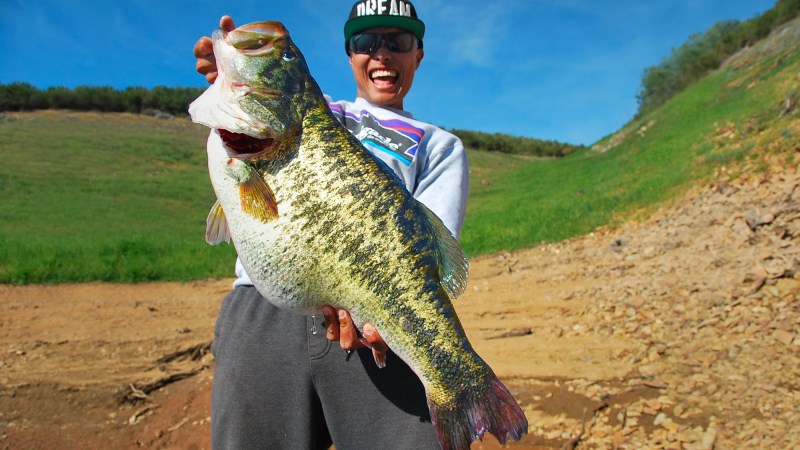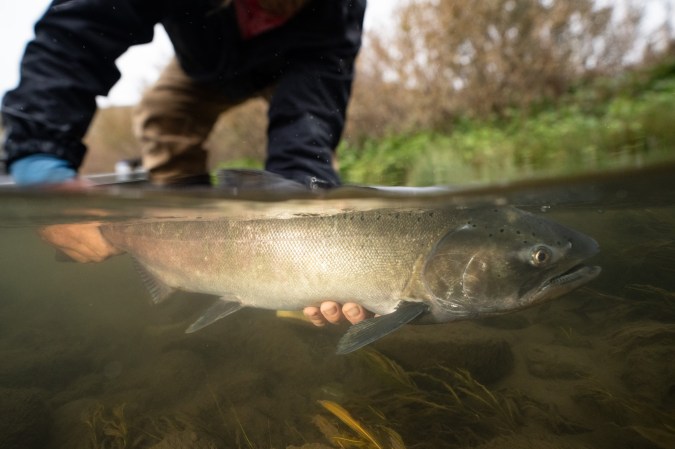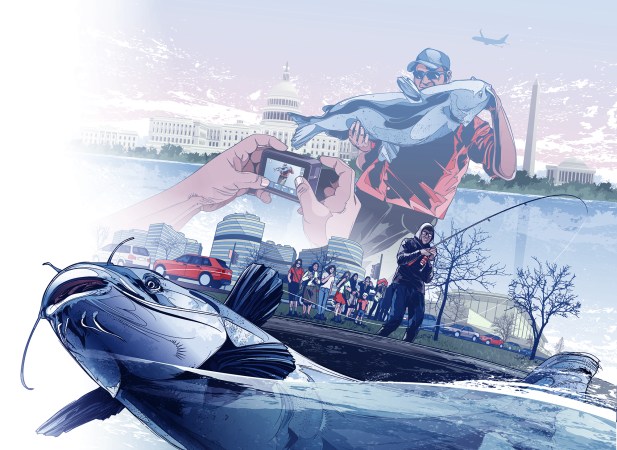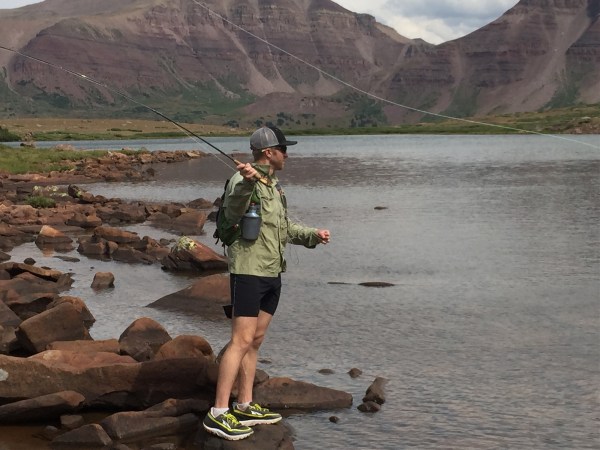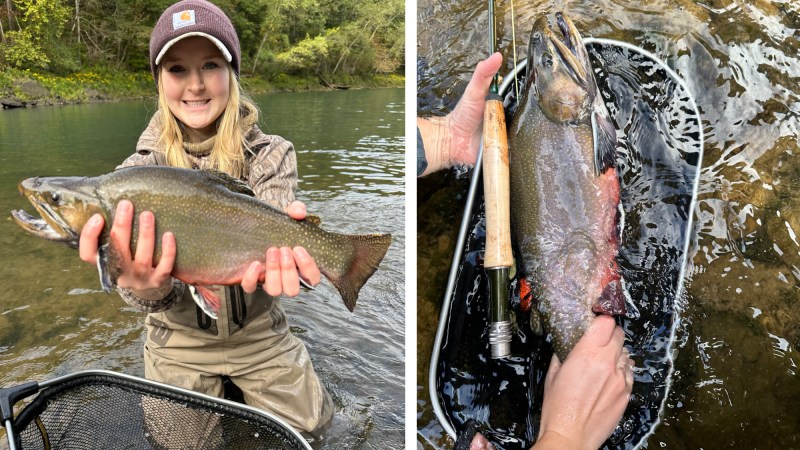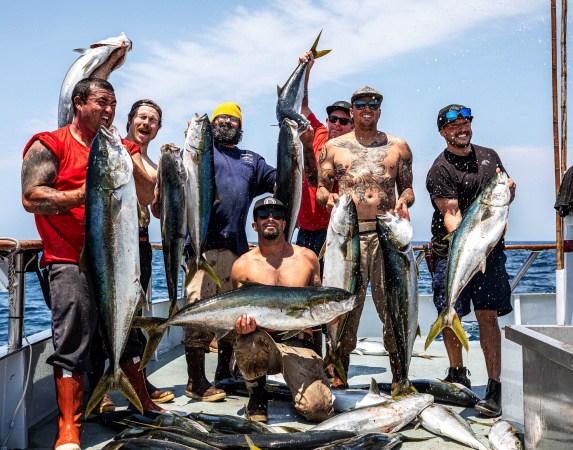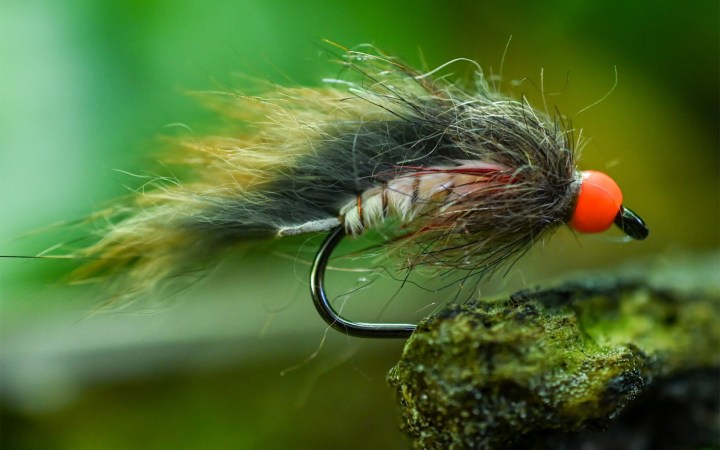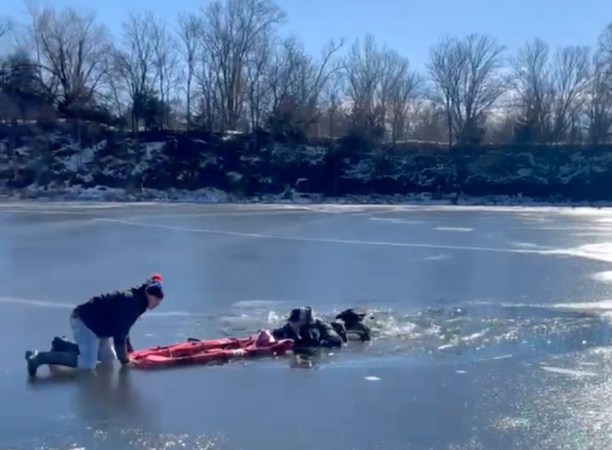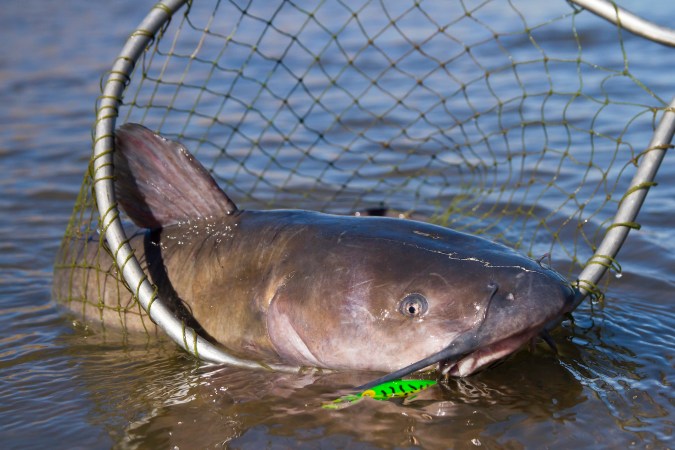If you grew up in an area rife with wild trout, congratulations. That’s super cool. But a lot of us didn’t, me included. When I was a kid the only trout I could catch close to home were dumped off a bridge every spring. Opening day of the season may as well have been Christmas.
Though “truck trout” get knocked in many angling circles, if you were raised on them you understand their draw and the unique culture that coincides with their pursuit. I’ve fished opening day for 30-plus years, and I enjoy it just as much now as I did when I was five. And when you spend decades going to war with the masses on opening day, you start to see a pattern in the “soldiers.” Here are four opening day trout anglers that you’re almost guaranteed to encounter.
The Power Bait Master
When Power Bait was unleashed on the masses in the 1980s, it didn’t take long for the stinky putty to alter the stocked trout fishing scene forever. In many regions, staples like salmon eggs and corn fell by the wayside. So potent was “PB” that anglers would argue at the bar about the most effective colors. Were you in the yellow camp? Was salmon-peach the best? Perhaps you were convinced that rainbow swirl outfished all the rest. Most anglers had a couple favorites that became essentials in their vest pockets.
This angler is usually fishing still or slow water. He’s got a small folding chair or perhaps a bucket with a padded lid. No forked twigs for this fella, he’s got the fancy metal or corkscrew rod holders. Surrounding his feet are 5 to 8 jars of Power Bait in every configuration. He’s got the putties you mold into shape yourself, of course, but he’s also got the pre-molded nuggets — the floating Power Bait salmon eggs, and the Power Bait corn kernels. He might not show it to you, but it’s guaranteed that he’s also got a special color blend he mixed himself.
The irony in this is that Power Bait stays on the hook well, so, in a given session, how often are you really changing baits, especially when you’re only fishing two rods? The honest answer is: not that often. Furthermore, I’ve always believed Power Bait color mattered less than simply fishing in a spot with lots of trout. If they’re swimming around in your zone, they’ll probably eat the dollop of PB regardless of color.
The Quick Hitter
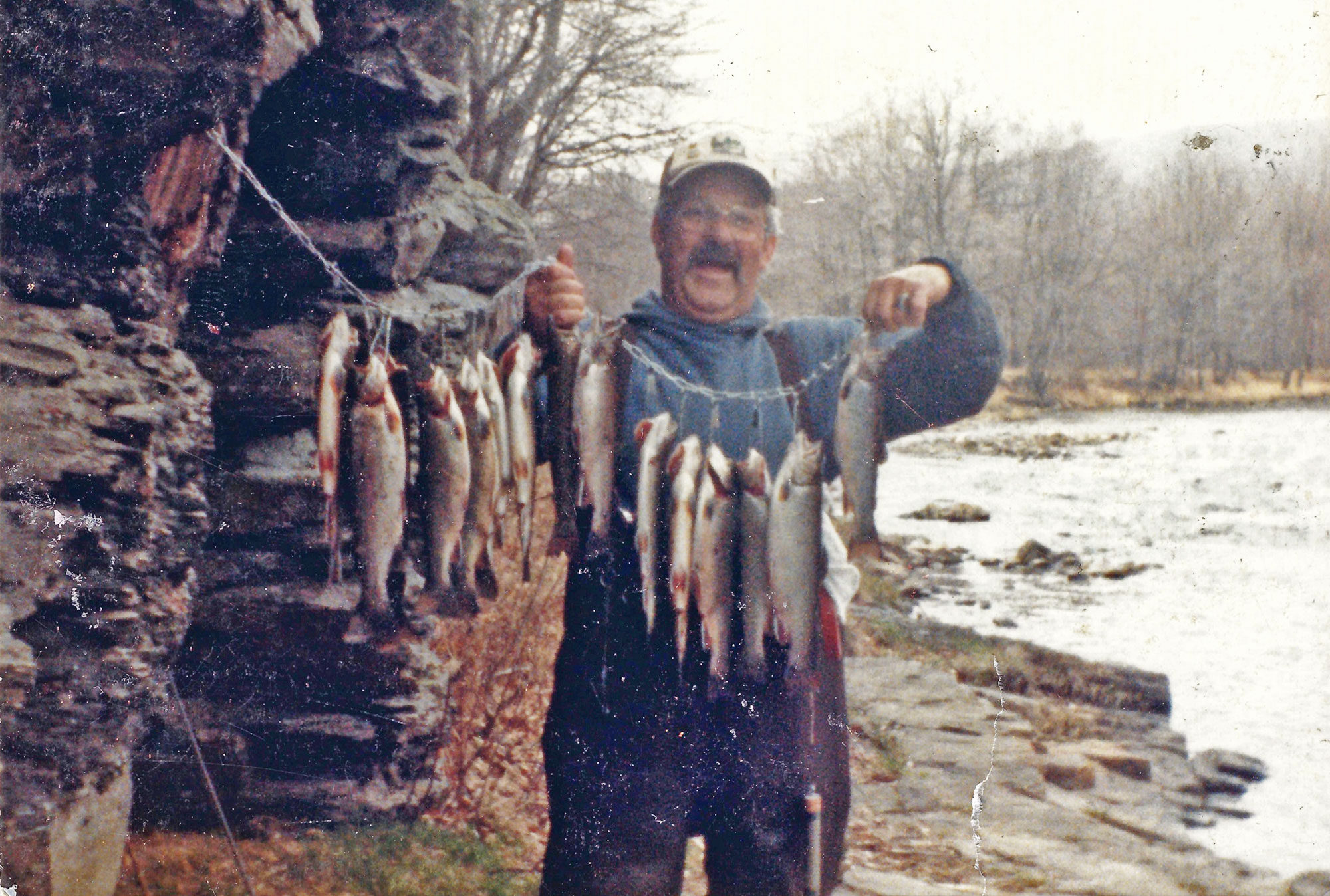
In some states, opening day of the trout season has a start time. In New Jersey where I grew up, as an example, you couldn’t make that first cast until 8 a.m. As a kid this was torture, because I often got to the stream at least two hours earlier to claim a spot. The hope was that you chose correctly and got to spend the first few hours of the morning hooking into fish. But then there was the guy that made it his mission to get in and get out as fast as possible.
These anglers likely got to the water three or more hours earlier to lock up the perfect position at the bridge hole or that first slow turn where all the dumb pellet heads stacked up year after year. As soon as the clock struck 8, this guy would rip his limit of six trout out of the hole, hopefully, it seemed, in six consecutive casts. He was proud to have his stringer full by the time you made your third drift with a mealworm. He’d play up every landing and as soon as he had them all, and then he’d storm off with a smirk that suggested he was better and smarter than every other guy on the river.
He’d proudly walk his six back to the car, having completed his task. I mean, good for him. He must have important places to be.
The “Serious” Fly Guy
Let’s call it like it is. Stocked trout are not smart. Early in the spring season especially, they’re still used to eating hatchery pellets, which is ultimately why a little ball of Power Bait, a corn kernel, or salmon egg fools them. If you accept the minimal brain power of your target, you actually have more fun chasing them because it makes the pursuit less serious. Every opening day, however, there is always that one fly guy that took a different approach.
While we were all in rubber hip boots with a salmon egg holder clipped on our belts, he was decked to the nines in Orvis or Patagonia. There was no Power Bait in his vest, just Wheatly fly boxes and $40 nippers. He could have easily used a salmon egg fly or pink San Juan worm and joined the fun, but oh no. He’s going to use nymphs he tied himself, perhaps a sexy black ghost streamer. Maybe he’ll even see if he can get them up to the surface on a midge. Now, to be clear, there’s nothing wrong with any of this — you do you, I always say. But these guys often acted like all the spinning rod guys were heathens and, because of his approach, the trout he caught were somehow elevated. They were more glorious and harder to fool than the ones I was hammering on a Panther Martin 50 feet downstream from him and his $100 wading staff.
The Palomino Punisher
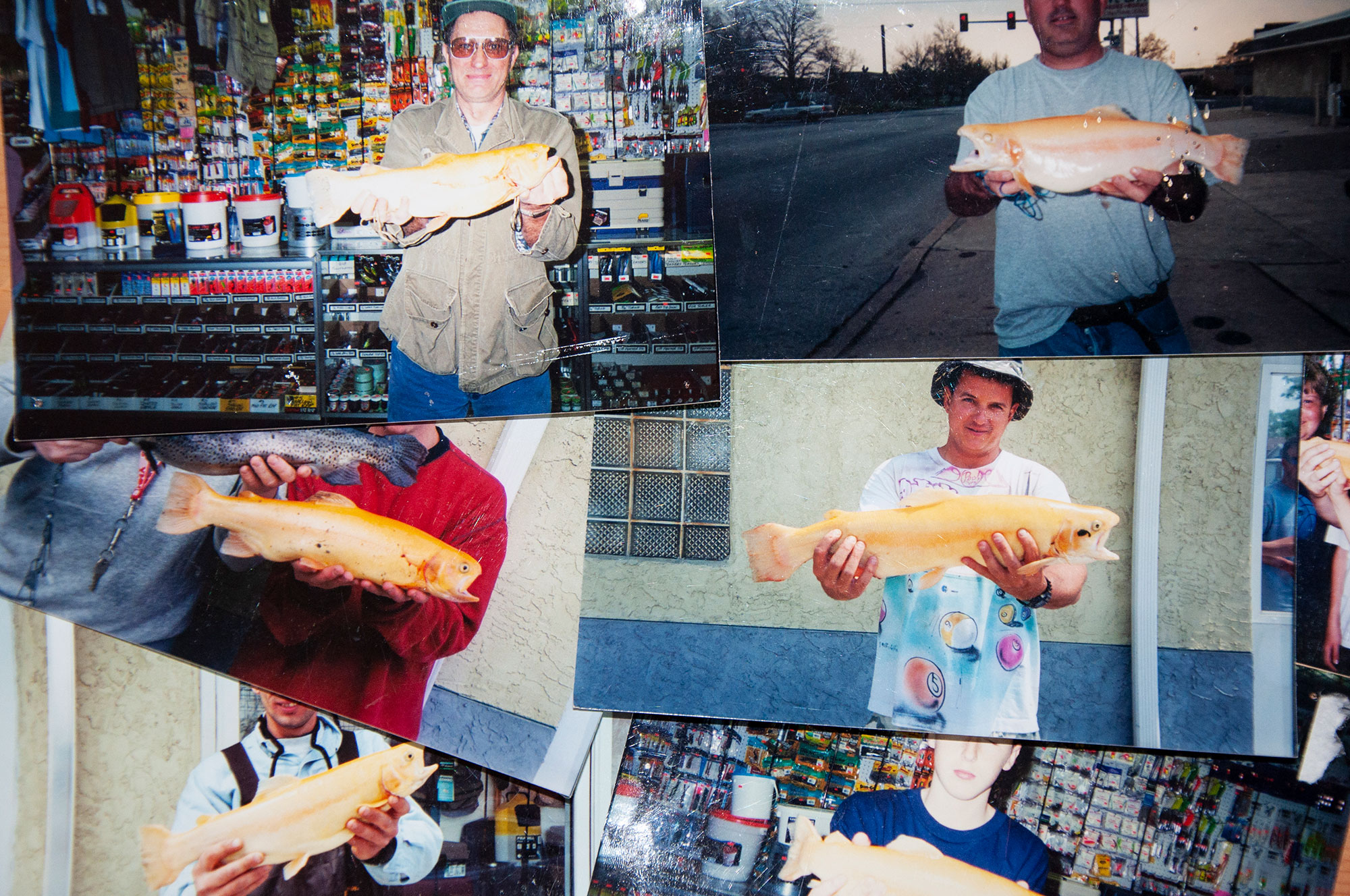
Technically they’re golden rainbow trout, but these hatchery creations are often (wrongly) referred to as palominos. (That’s what I call them, too, because it’s what I learned growing up.) Bright orange like a Circus Peanut with a fire engine red stripe, palominos are prized in stocker-rich states. In fact, West Virginia stocks more of them than anyone else for the annual Gold Rush, which plays right into residents’ love of the University of West Virginia and its blue-and-gold team colors. Everyone wants the palomino on opening day simply because it’s different. But then there is the guy who’s obsessed with that orange prize.
I always felt bad for palominos because even in stained water, they stick out like sore thumbs. They simply can’t hide and because of this they get bombarded incredibly hard. If they’re not caught right out of the gate, they have a habit of getting wary of every offering in a hurry. This, of course, makes them even more desirable because you want to be the one that gets more than a look or a chase and winds up with that swimming parking cone on your stringer.
Read Next: Palomino Trout, the Lure of the Golden Mutants
Most anglers who spot a palomino will take a few cracks and move on, but there’s always the one guy who will not rest until he’s caught it. He’ll stand over a palomino for hours and hours, cycling through his arsenal five times. If he gets it done, his season is made, especially if there are other anglers around to see it happen. If it doesn’t, he’ll lose sleep that night praying nobody gets there before him in the morning so he can pound the snot out of it again.

